
by hankinslawrenceimages | Jul 17, 2017 | Tennessee, Virginia
Usually when I’m photographing in the Great Smoky Mountains National Park or along the Blue Ridge Parkway I’m photographing wildflowers. On my most recent trip I spent much more time creating landscape photographs than flower photographs. One of the subjects that repeatedly caught my eye was the idea of mountains and clouds. I thought I’d share some of my quick edits of photos I did on the road of mountains and clouds with you today.

Mountains and Clouds at Woolyback Overlook © 2017 Patty Hankins
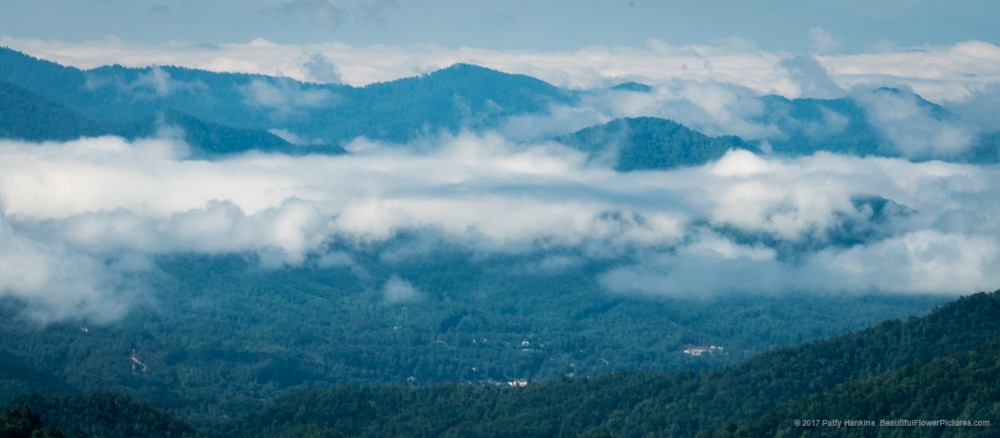
Mountains and Clouds in the Smokies © 2017 Patty Hankins
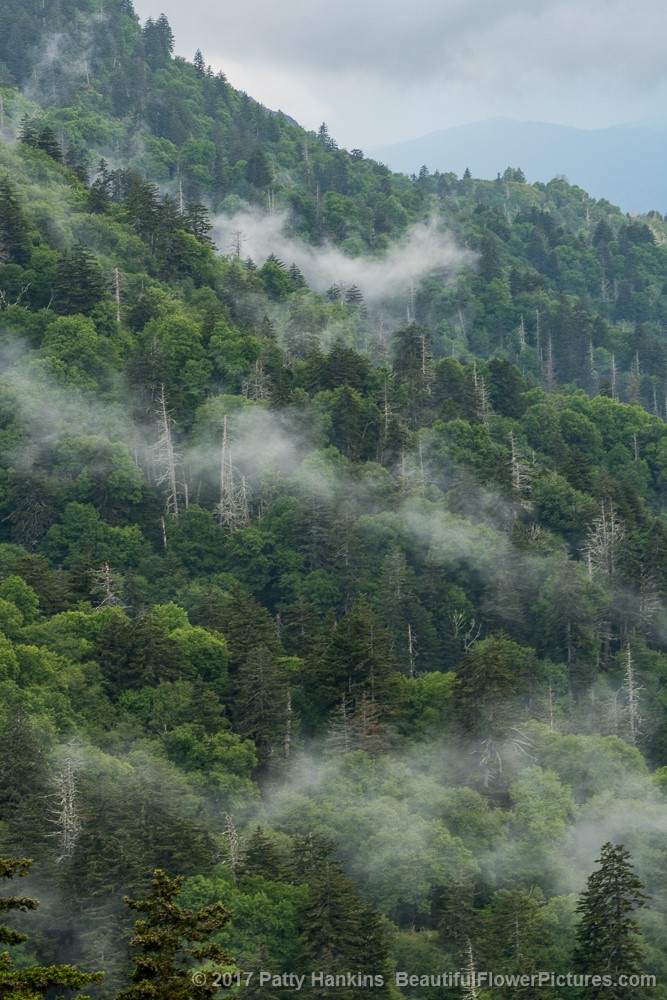
Mountains and Clouds in the Smokies © 2017 Patty Hankins

Mountains and Clouds at Clingman’s Dome © 2017 Patty Hankins
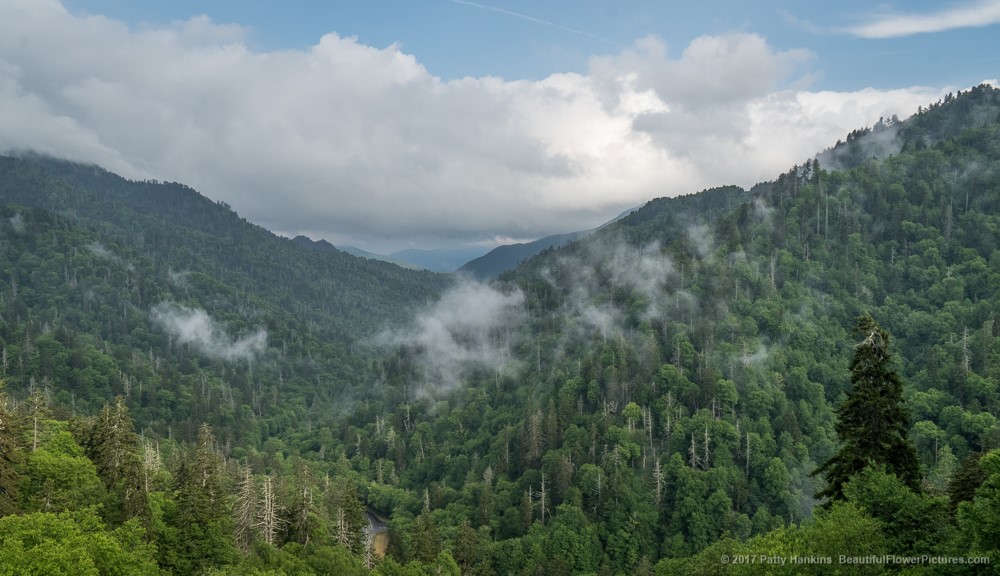
Mountains and Clouds in the Smokies © 2017 Patty Hankins
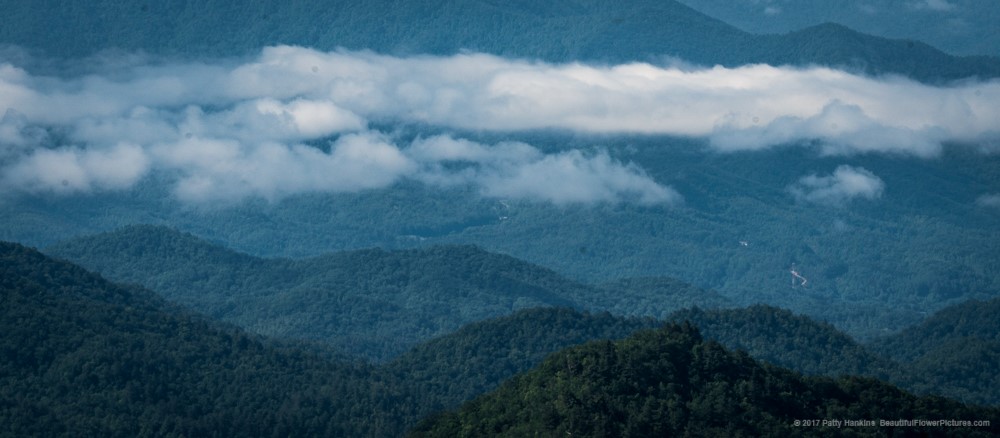
Mountains and Clouds in the Smokies © 2017 Patty Hankins
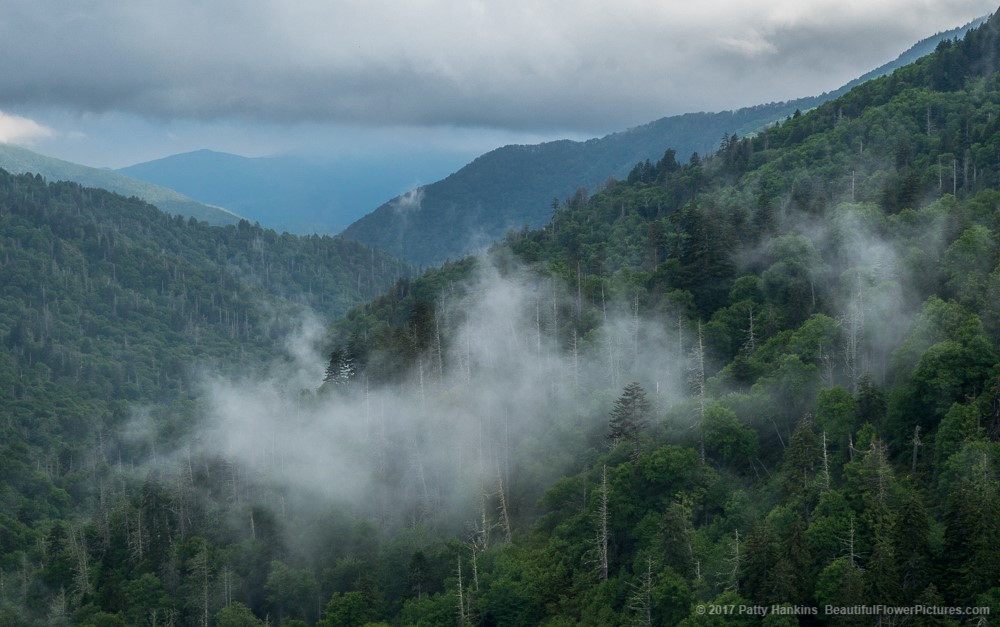
Mountains and Clouds in the Smokies © 2017 Patty Hankins

Mountains and Clouds in the PIsgah National Forest ©2017 Patty Hankins
This last photo is actually a fully edited photo – it is available for sale on my website at http://beautifulflowerpictures.com/store/newfound-gap-great-smoky-mountains-national-park/
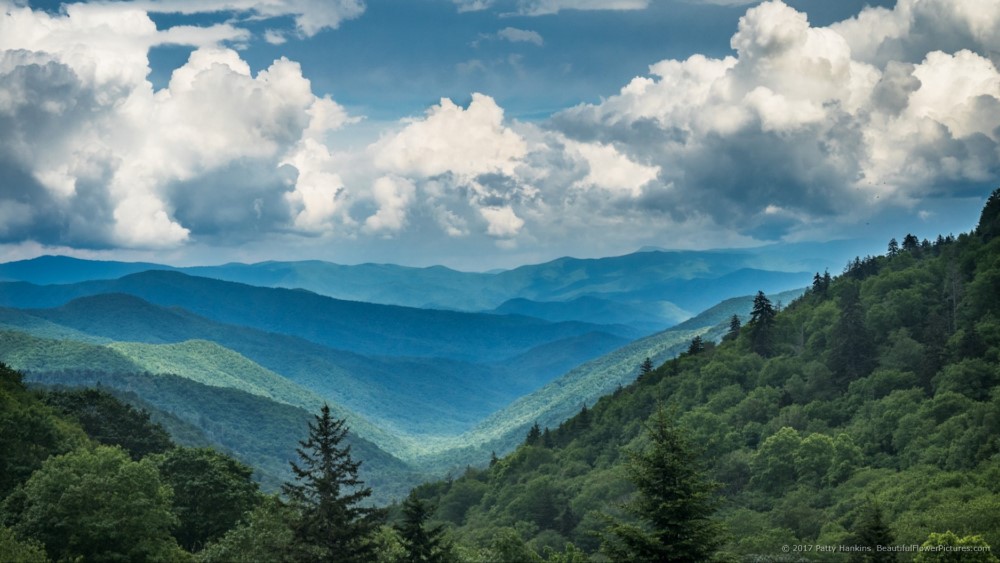
Newfound Gap, Great Smoky Mountains National Park © 2017 Patty Hankins
I’m planning on editing up a few more of these and offering them for sale in the coming months. If there is one you particularly like, let me know and I’ll let you know if it becomes available.
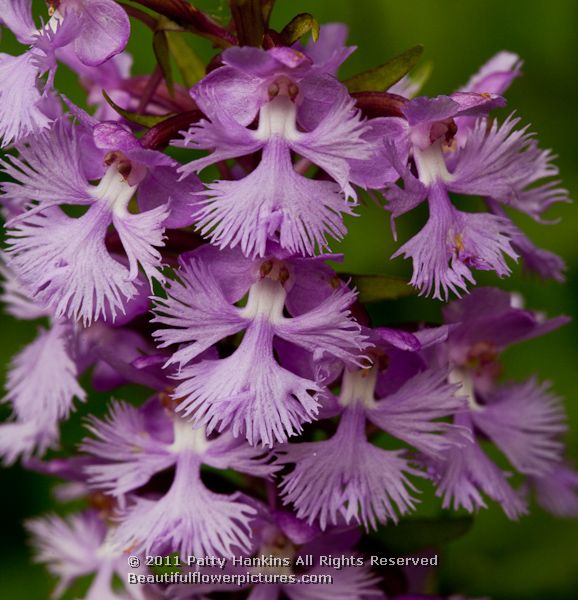
by hankinslawrenceimages | Mar 24, 2011 | Flowers, Orchidaceae Family, Wildflowers
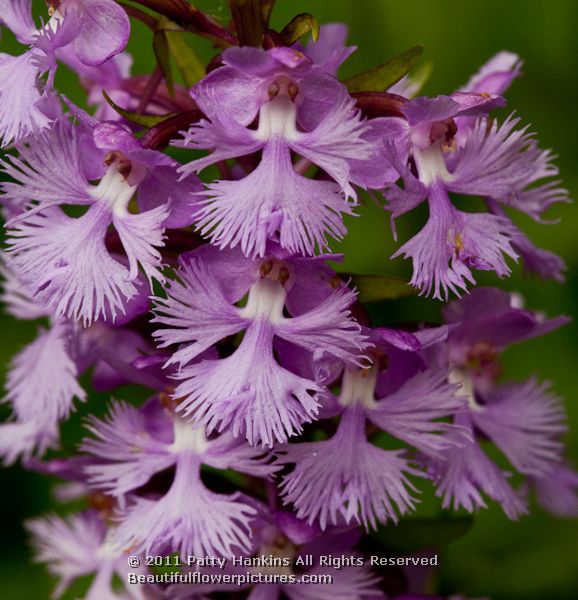
(c) 2011 Patty Hankins
Last summer, I spent a day driving along the Blue Ridge Parkway in North Carolina. I wasn’t really looking for any specific wildflowers – rather was just curious what I’d find. One of the big surprises came when I took a closer look at a splash of purple I spotted along the side of the road. I’d found one of the native orchids – the Small Purple Fringed Orchid – platanthera psycodes. And once I knew what to look for – I spotted several of them along the side of the road north of Asheville.
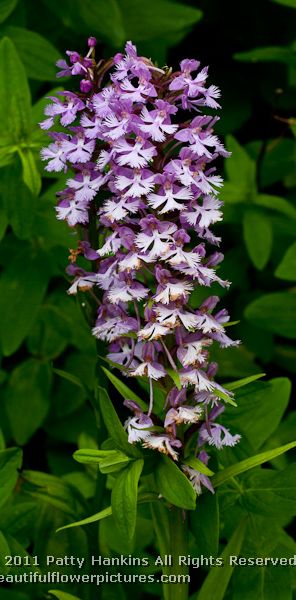 (c) 2011 Patty Hankins
(c) 2011 Patty Hankins
Also known as the Lesser Purple Fringed Orchid – these wonderful wild orchids are native to much of the Eastern United States and Canada. In several states – Illinois, Indiana, Iowa, Kentucky, Maryland, New York, Ohio, Rhode Island and Tennessee – they are listed as endangered or threatened.
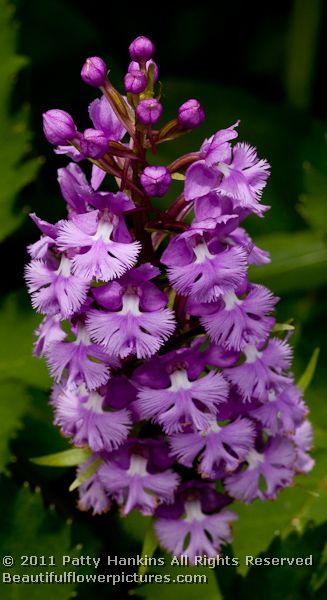
(c) 2011 Patty Hankins
The botanical name – platanthera psycodes – describes the flowers beautifully. Platanthera is from Greek for flat flower. While psycodes means like a butterfly. To me – describing these orchids as flat flowers like a butterfly seems pretty accurate.
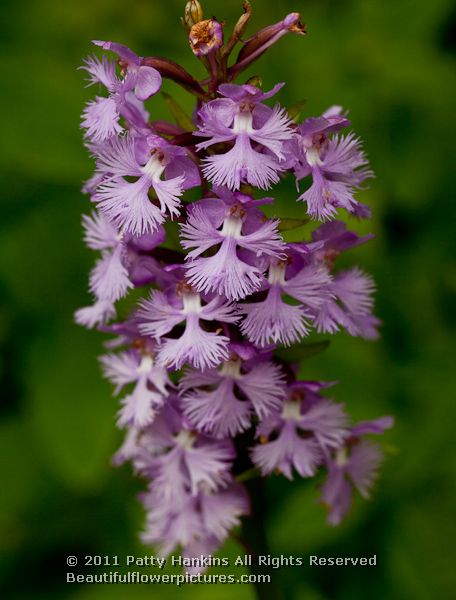 (c) 2011 Patty Hankins
(c) 2011 Patty Hankins
Small Purple Fringed Orchids grow in woodlands, meadows and marshes, preferably in partial shade. They grow to about 2 feet tall – with an 8″ cluster of pinkish-purple fringed flowers.
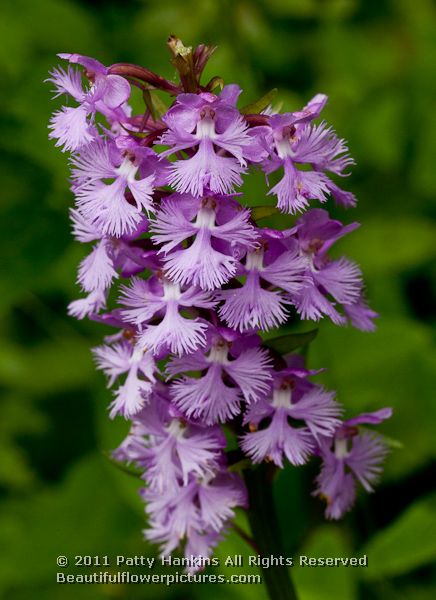
(c) 2011 Patty Hankins
Medicinally, the Small Purple Fringed Orchids were used by Native Americans as a remedy for cramps in young children.
More information about the Small Purple Fringed Orchids can be found online at
USDA Plant Profile
Robert W. Freckmann Herbarium University of Wisconsin – Stevens Point
Orchids Wiki
Flora of North America
Lady Bird Johnson Wildflower Center
Native American Ethnobotany
by hankinslawrenceimages | Jun 28, 2010 | Flowers, Wildflowers
On my recent trip to North Carolina, one of the wildflowers that I photographed for the first time was galax (galax urceolata). I photographed galax in two locations – on the trail to Erwin’s View of Linville Falls and along the Tanawha Trail near the Linn Cove Viaduct visitor center. It is also known as Beetleweed, Coltsfoot and Wand Flower.
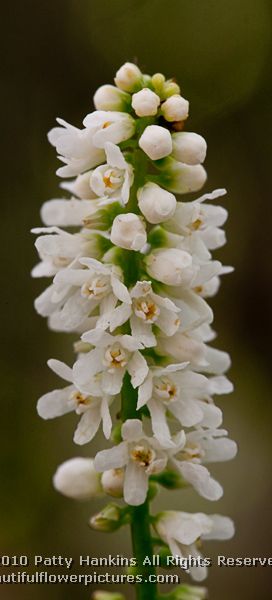
(c) 2010 Patty Hankins
Galax is a member of the Diaspensiaceae family. A perennial with evergreen leaves, galax has dainy white flowers growing on leafless stalks up to 15″ tall. The flowers have 5 white petals. It blooms from May through July.
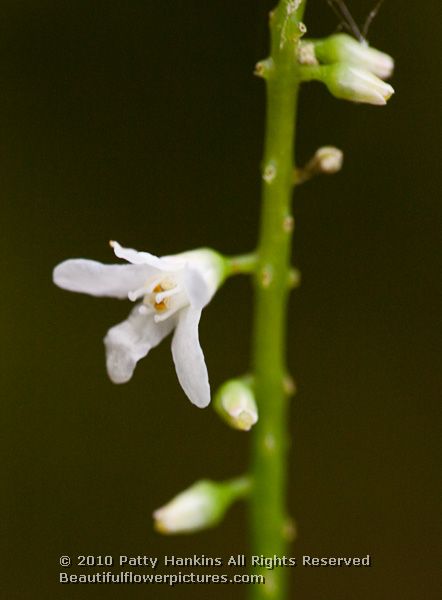
(c) 2010 Patty Hankins
Native to the United States, it’s native habitat is in mountain woods ranging from Maryland to Alabama. It will grow as far north as USDA Zone 5a and south to USDA Zone 8b. It tends not to do as well in gardens since it prefers the rich well-drained woodland soil to thrive. They do not transplant well – so please don’t dig them up in the wild to add to your garden.
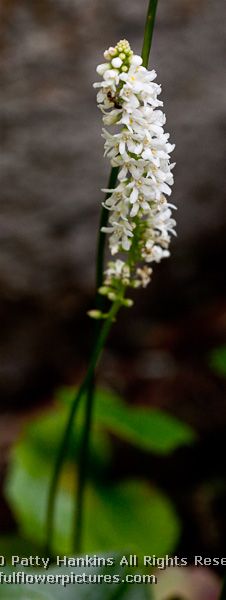
(c) 2010 Patty Hankins
The leaves of the galax are much in demand by the floral industry. Not only will the shiny green leaves stay fresh for weeks, in winter the leaves turn red which adds a wonderful splash of color to holiday decorations. Overcollection of galax is enough of an issue that many localities have imposed limits on the collection of the leaves.
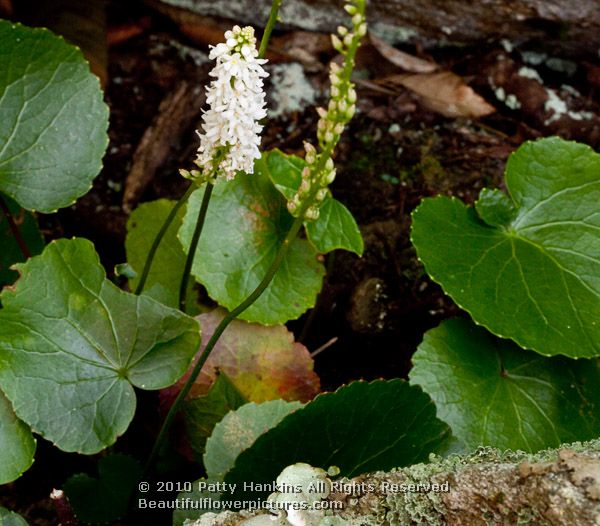 (c) 2010 Patty Hankins
(c) 2010 Patty Hankins
Traditionally galax has been used to treat cuts and wounds. An infusion of the root was used by Native Americans to treat kidney diseases. Information about medical uses is provided for information only – and is not a recommendation to use it medically.
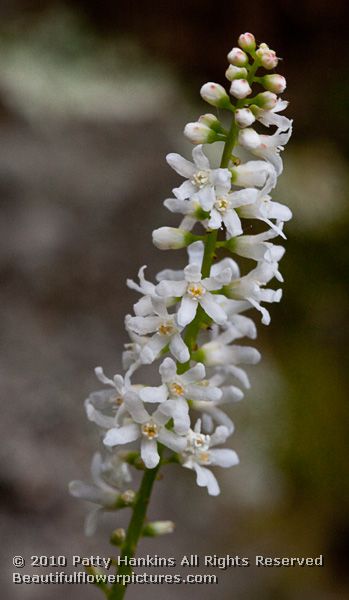 (c) 2010 Patty Hankins
(c) 2010 Patty Hankins
I really enjoyed seeing the galax in the woods as I was hiking the trails along the Blue Ridge Parkway. In the past, I’ve done most of my hiking in the spring when many more woodland wildflower bloom. It was great to discover some of the summer blooming woodland flowers on this trip.
If you’d like to learn about galax – some online sites with additional information include
USDA Plant Profile for Galax
Lady Bird Johnson Wildflower Plant Database
Plants for a Future
Galax: An Annotated Bibliography by Mary L. Predney and James L. Chamberlain
USWildflowers.com database
by hankinslawrenceimages | Jun 26, 2010 | Flowers, Photo Locations, Wildflowers
Here are a few more photos from my trip to North Carolina and the Blue Ridge Parkway. I had a wonderful trip and am already to head back to the mountains and look for more wildflowers to photograph.
Catawba Rhododendron – Rhododendron catawbiense – photographed at Rhododendron Gardens on Roan Mountain
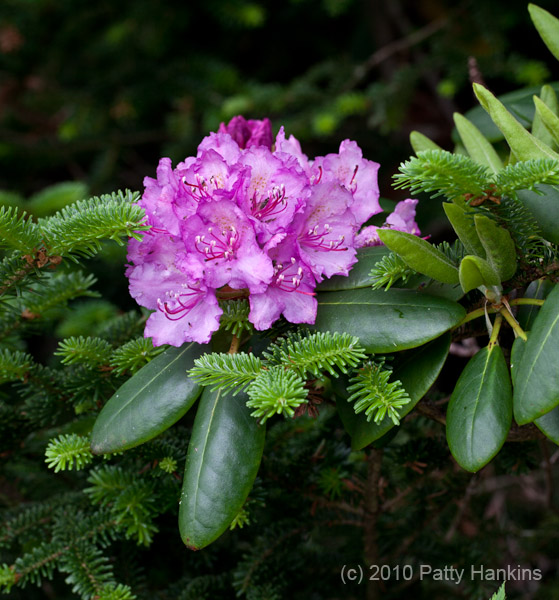
(c) 2010 Patty Hankins
False Bugbane – trautvetteria caroliniensis – photographed on Roan Mountain
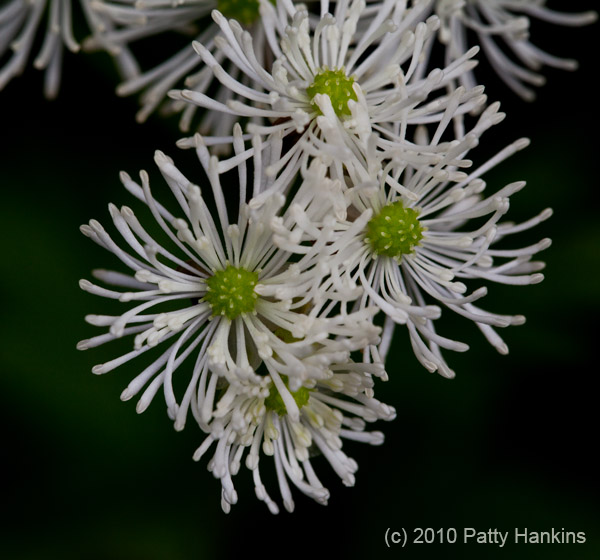
(c) 2010 Patty Hankins
Gray’s Lily – lilium grayi – photographed on Roan Mountain
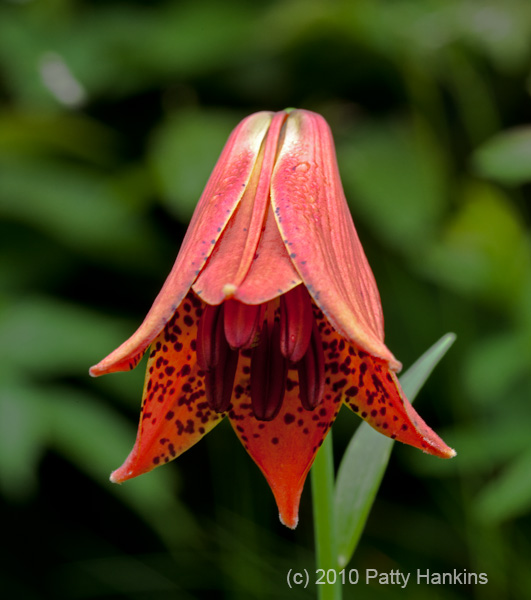 (c) 2010 Patty Hankins
(c) 2010 Patty Hankins
Spotted Wintergreen – chimaphila maculata – photographed on the trail to Linville Falls
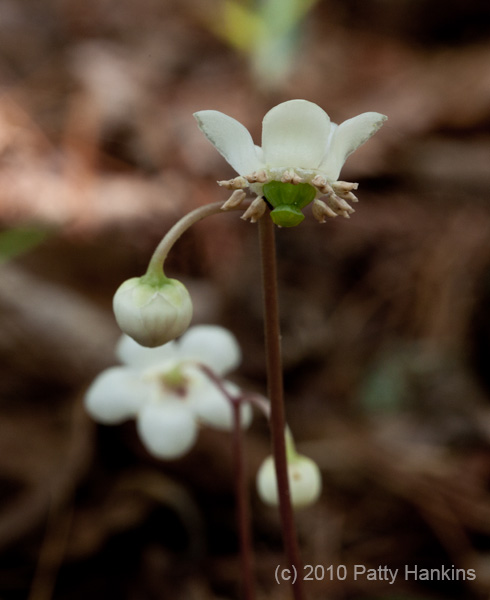
(c) 2010 Patty Hankins
Galax – galax utceolata – photographed along the Tanawha Trail just under the Linn Cove Viaduct
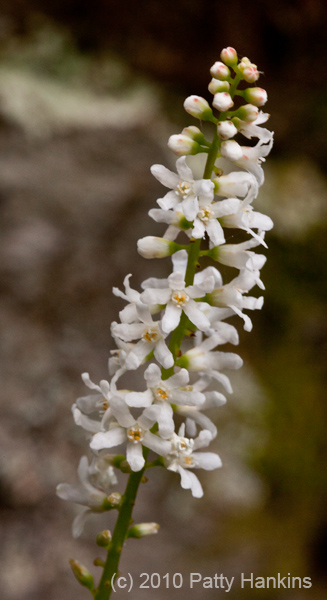
(c) 2010 Patty Hankins
And finally Linville Falls from Erwin’s View. Bill and I had photographed Linville Falls from the other overlooks, but had never made it to Erwin’s View. It’s now my favorite spot to photograph Linville Falls from – next time I’ll just make sure I’m not there in the middle of the day.
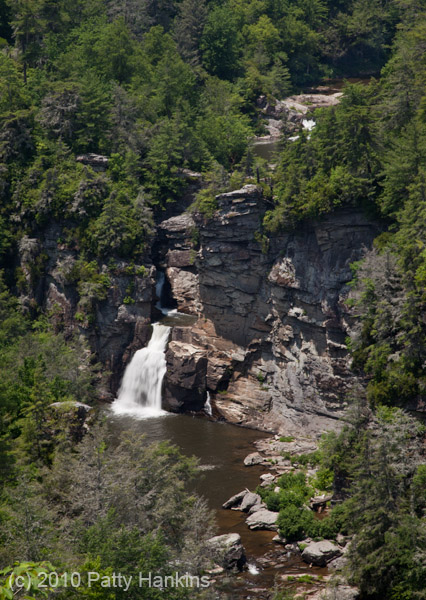 (c) 2010 Patty Hankins
(c) 2010 Patty Hankins
I only spent a few days photographing on this trip – but what time I had on the Blue Ridge Parkway was wonderful.
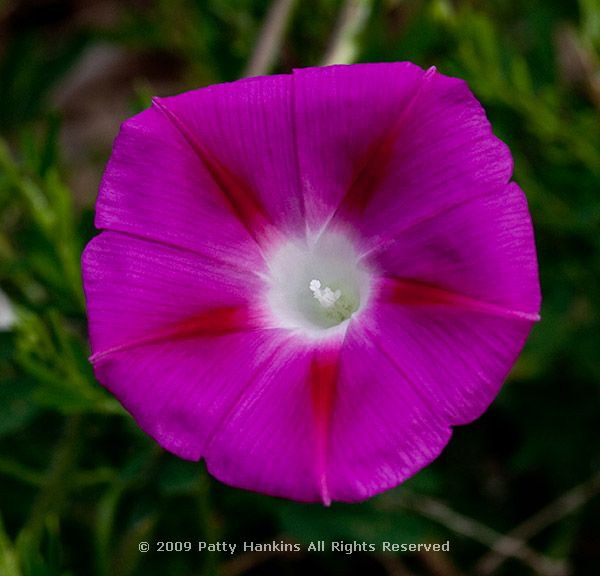
by hankinslawrenceimages | Aug 6, 2009 | Flowers, Wildflowers
I recently photographed two members of the Convolvulacae family – the bindeweed or morning glory family – in North Carolina and Tennessee. These plants are known for their funnel shaped flowers.
The first flower I photographed was a purple tall morning glory (ipomoea purpurea) at the North Carolina Arboretum in Asheville, North Carolina.
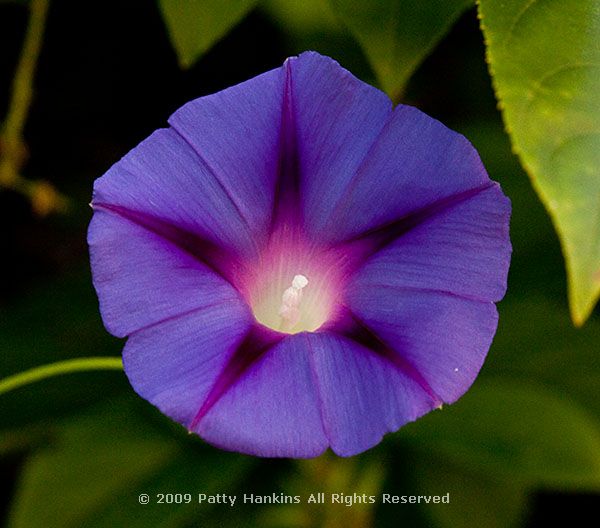 (c) 2009 Patty Hankins
(c) 2009 Patty Hankins
The next morning, I found some wonderful pink morning glories growing along the side of the road on the Blue Ridge Parkway, just south of Asheville.
 (c) 2009 Patty Hankins
(c) 2009 Patty Hankins
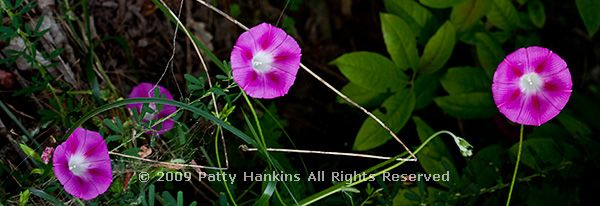 (c) 2009 Patty Hankins
(c) 2009 Patty Hankins
The second member of the Convolvulacaea family I photographed is the Wild Potato Vine (Ipomoea pandurata). The vine grows from an edible tuber-like root that is similar to a sweet potato.
I photographed this group of three wild potato flowers at the North Carolina Arboretum in Asheville.
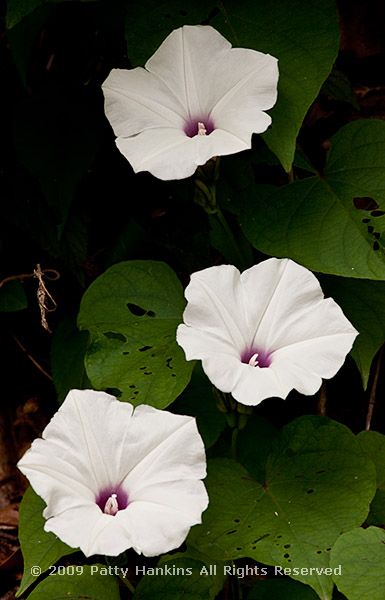 (c) 2009 Patty Hankins
(c) 2009 Patty Hankins
I then found a few more blossoms to photograph at the Metcalf Bottoms Picnic area in the Great Smoky Mountains National Park.
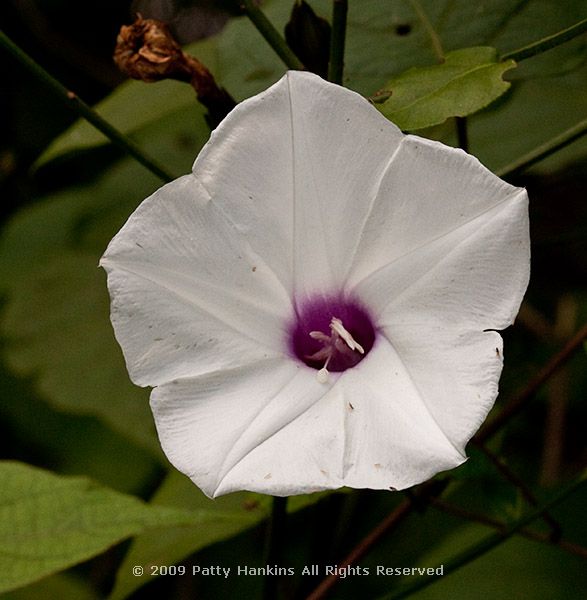 (c) 2009 Patty Hankins
(c) 2009 Patty Hankins




























 (c) 2009 Patty Hankins
(c) 2009 Patty Hankins (c) 2009 Patty Hankins
(c) 2009 Patty Hankins (c) 2009 Patty Hankins
(c) 2009 Patty Hankins (c) 2009 Patty Hankins
(c) 2009 Patty Hankins (c) 2009 Patty Hankins
(c) 2009 Patty Hankins